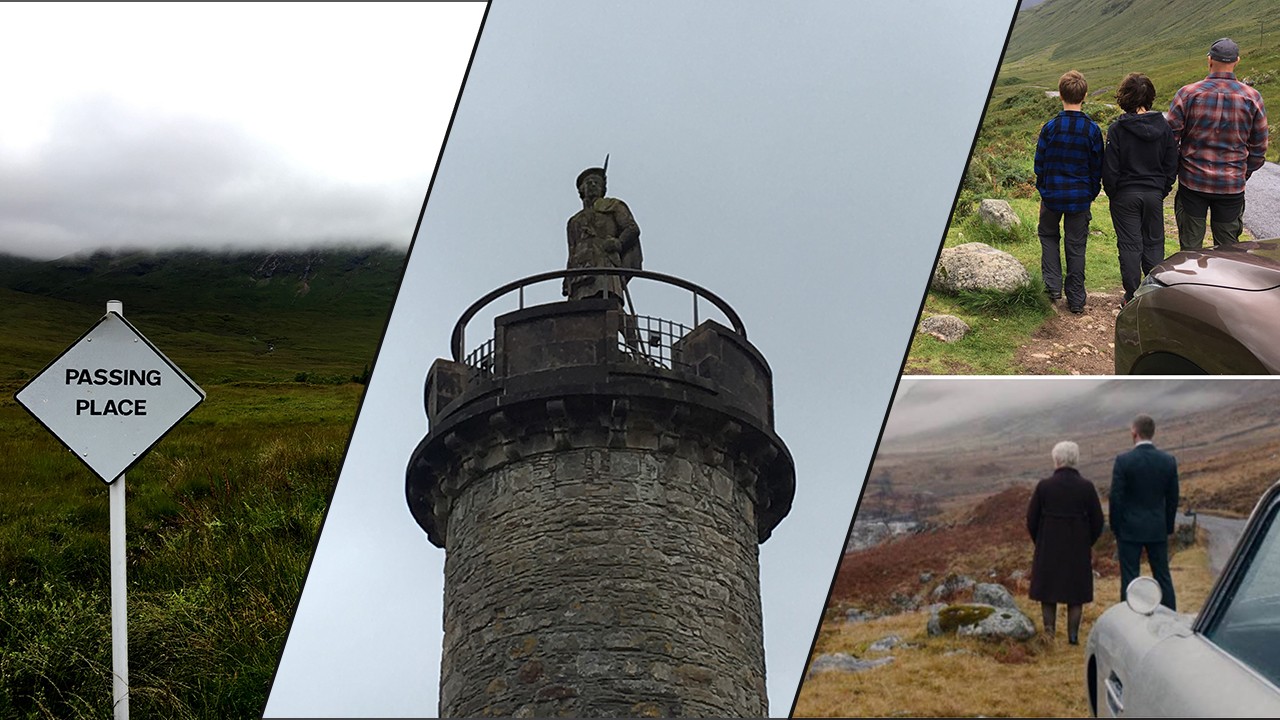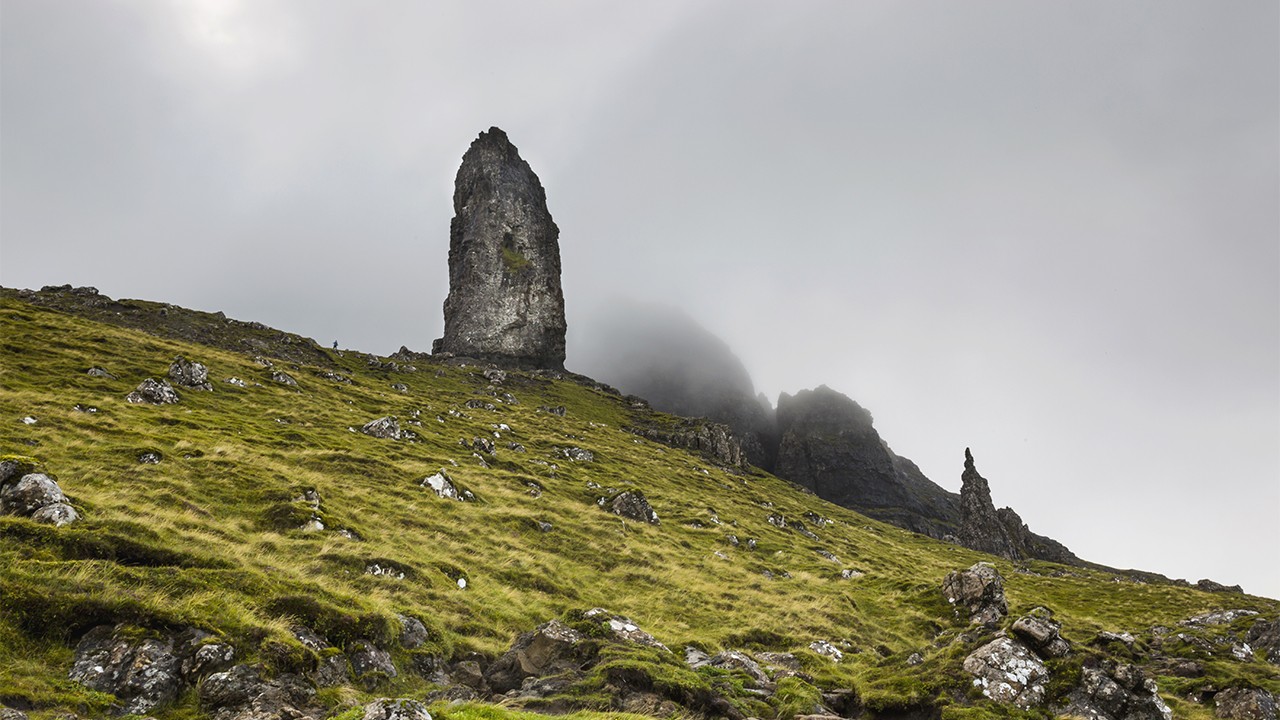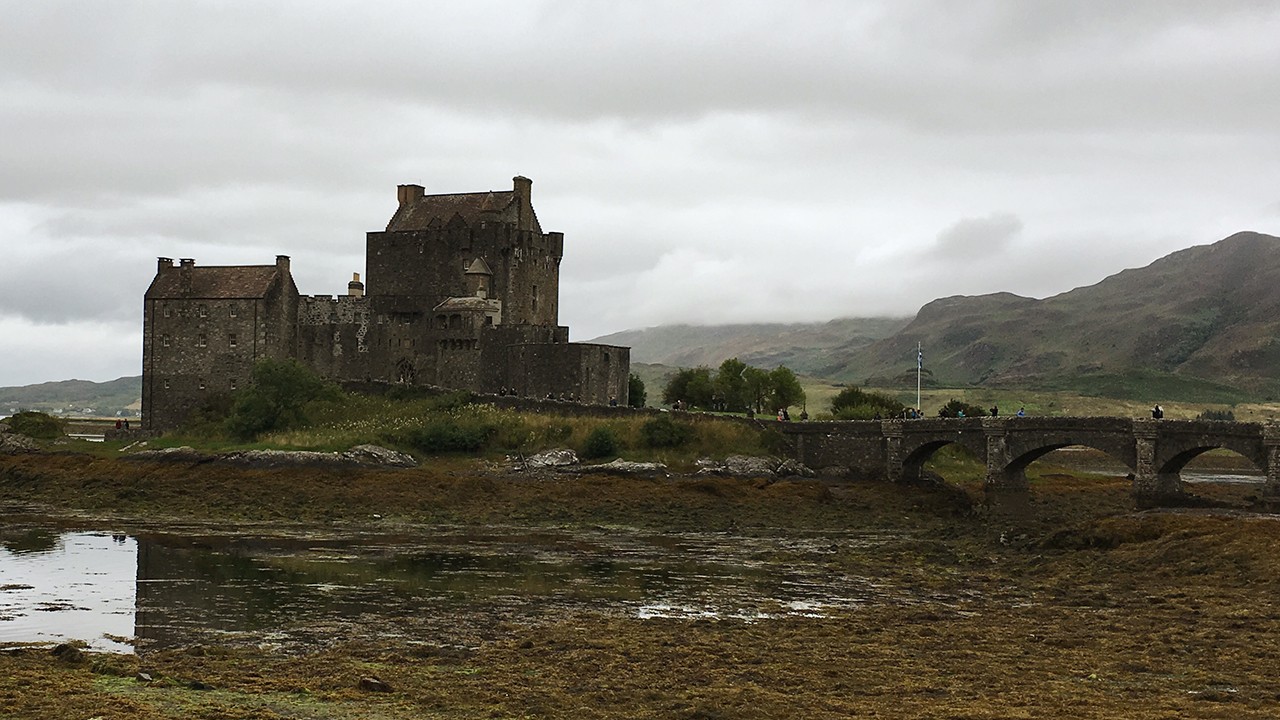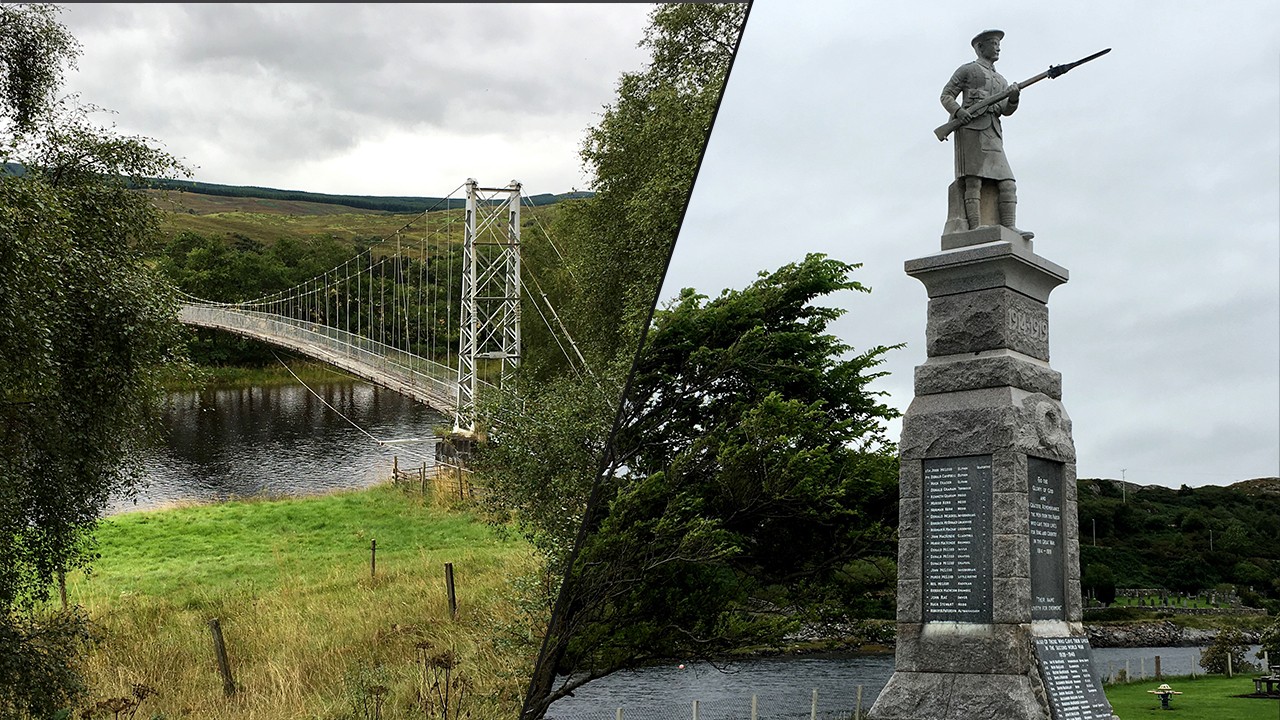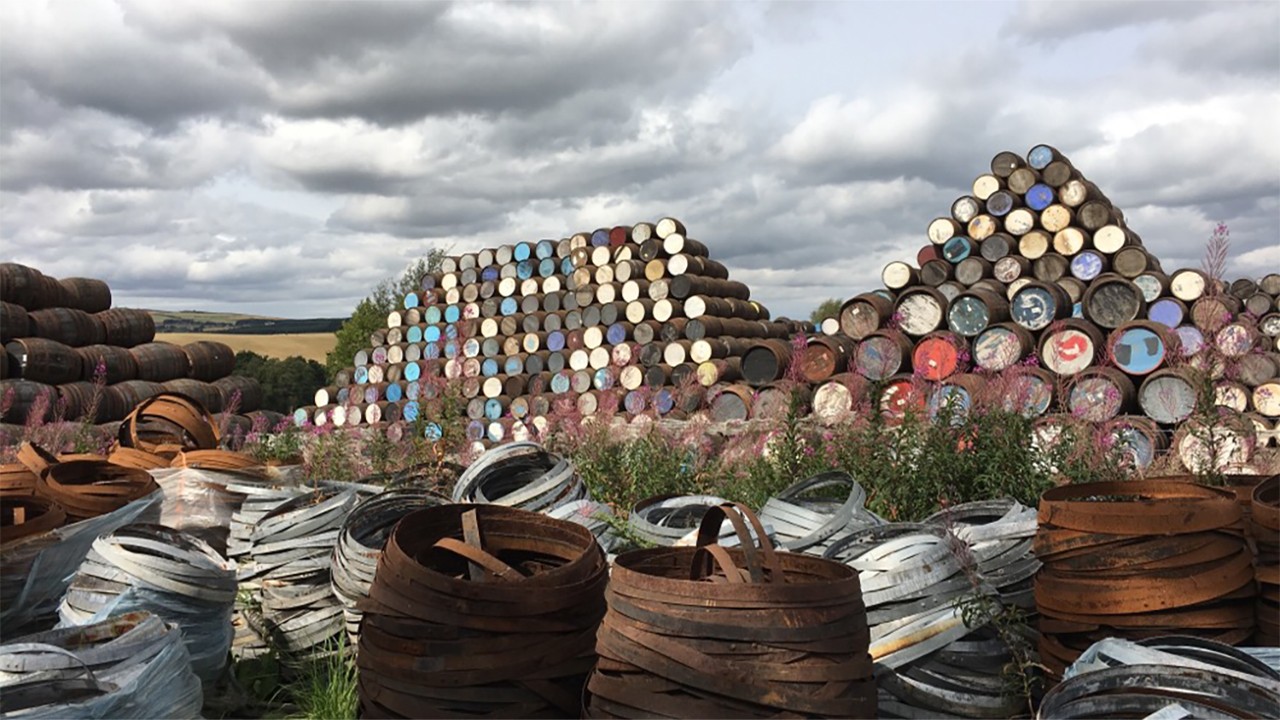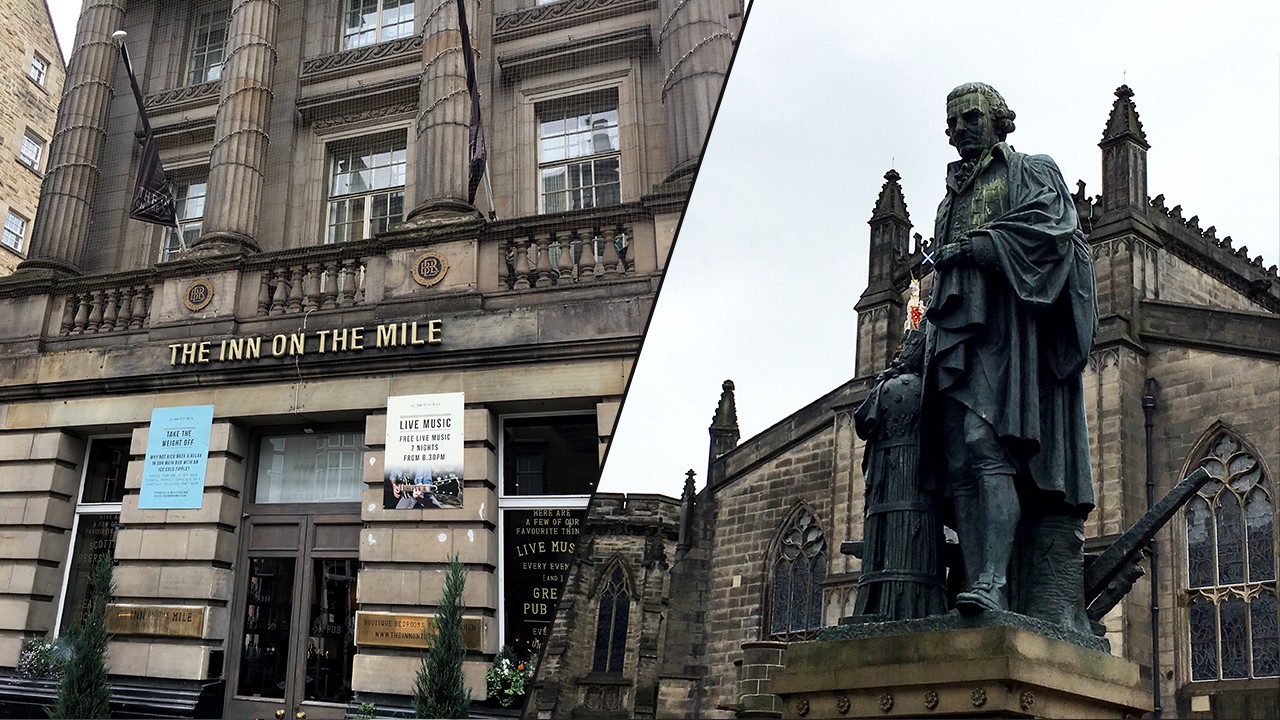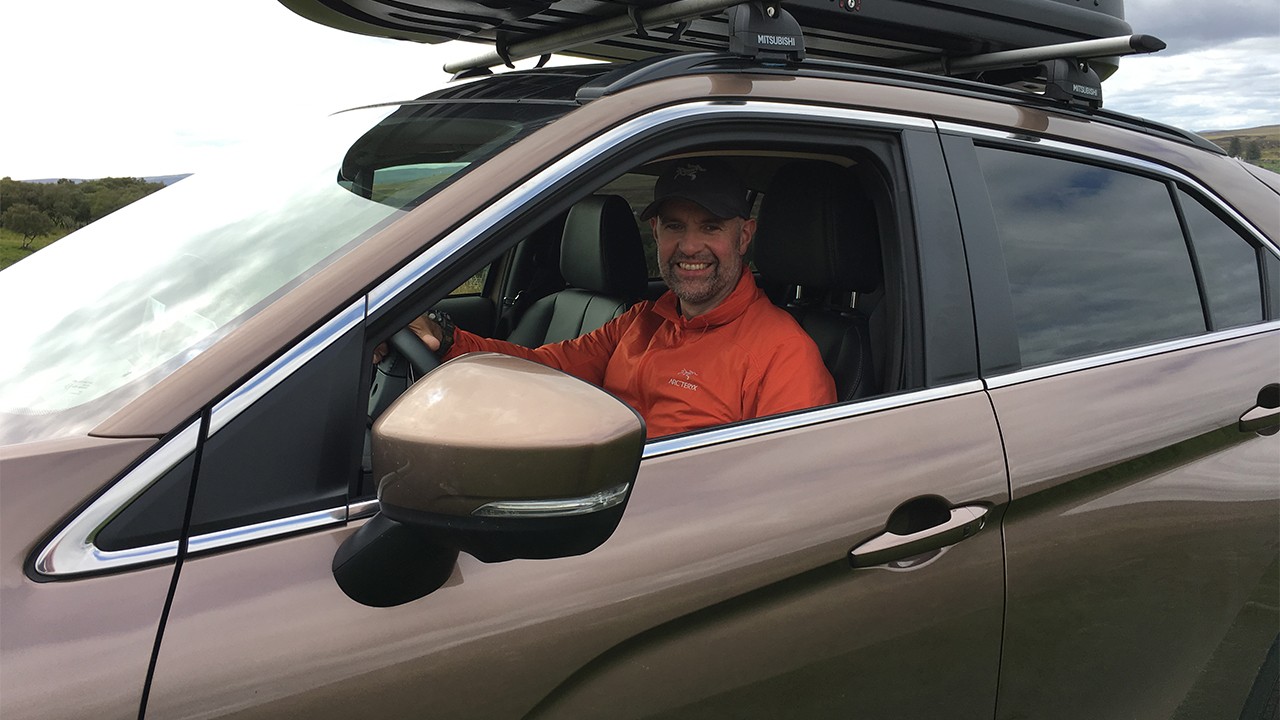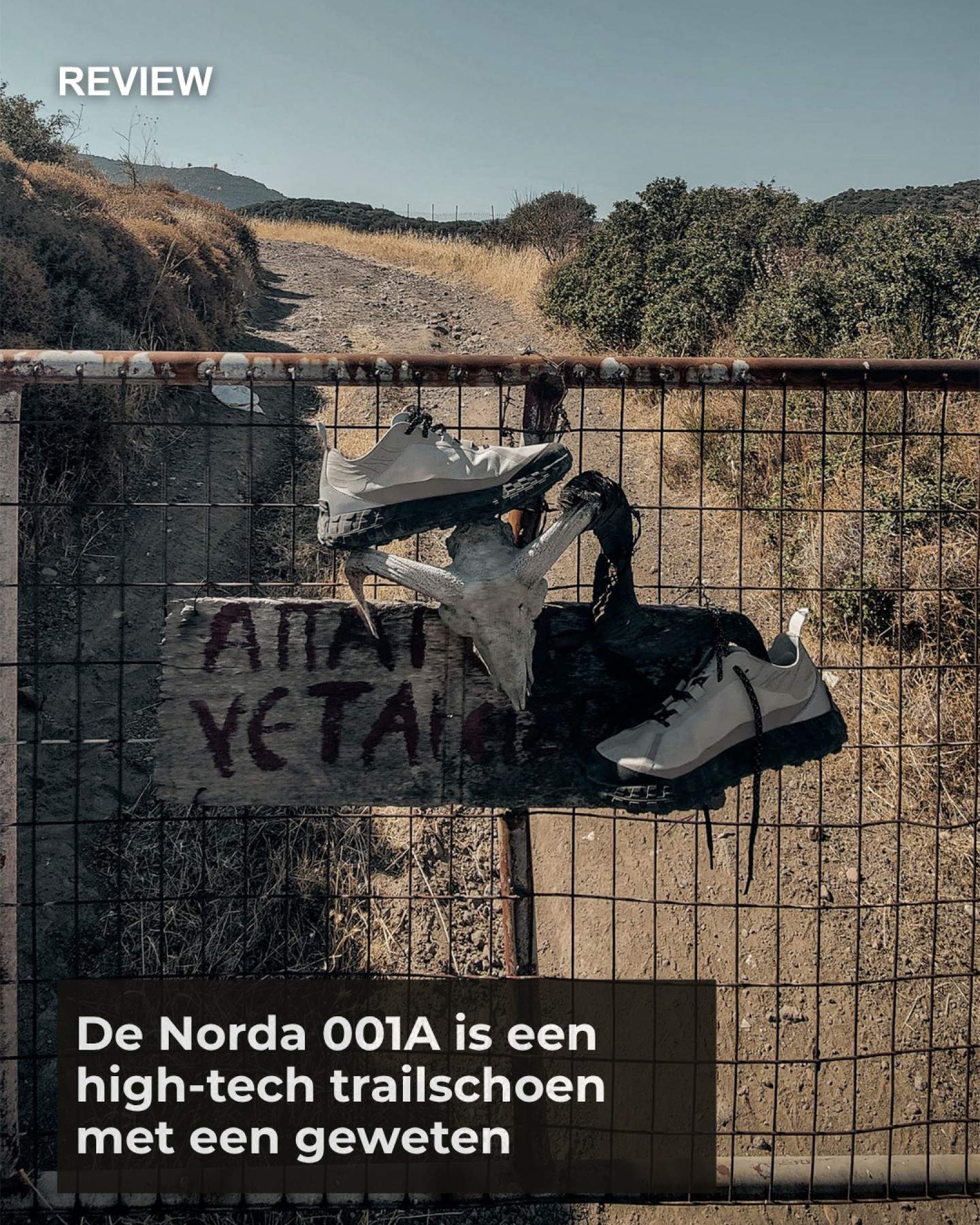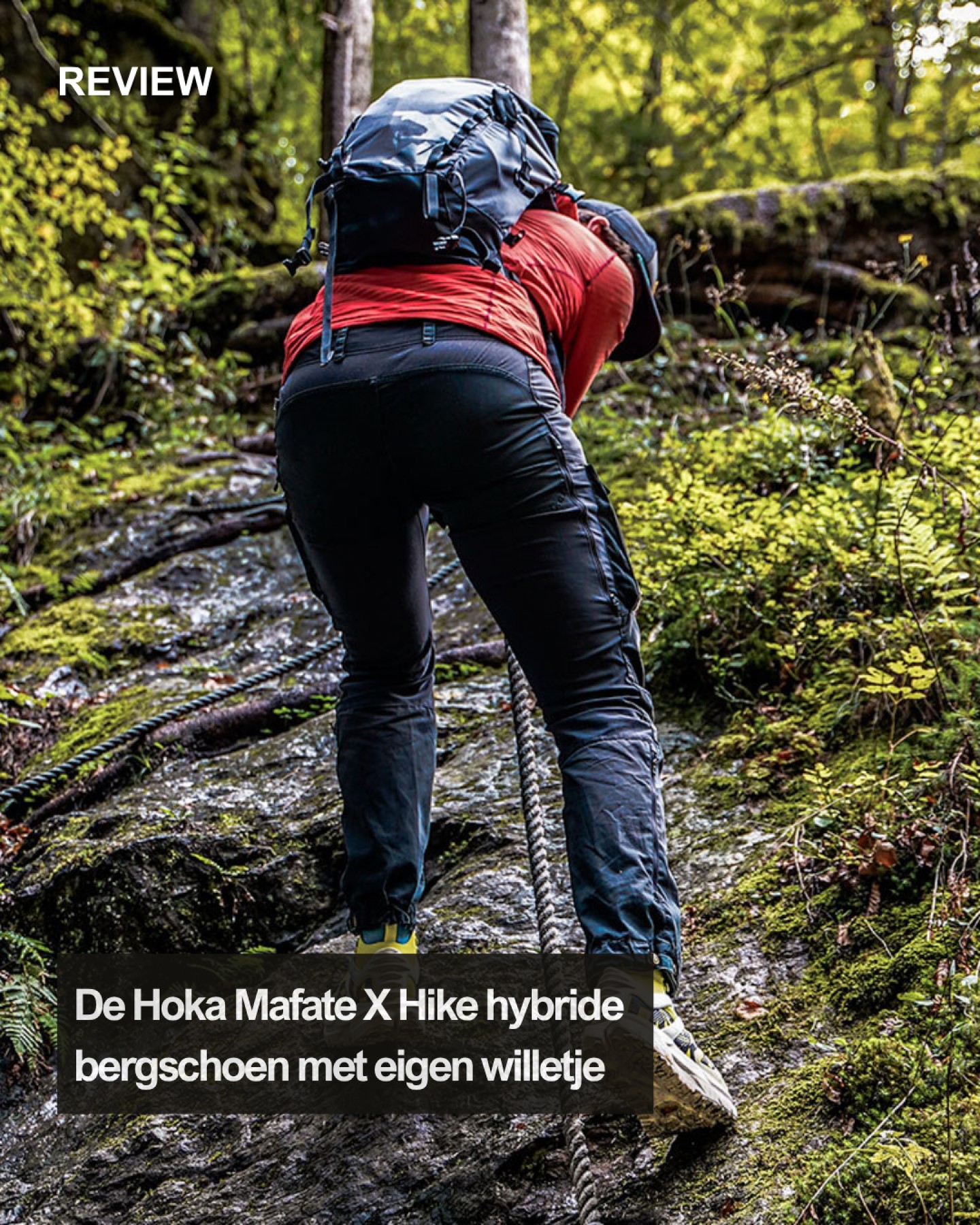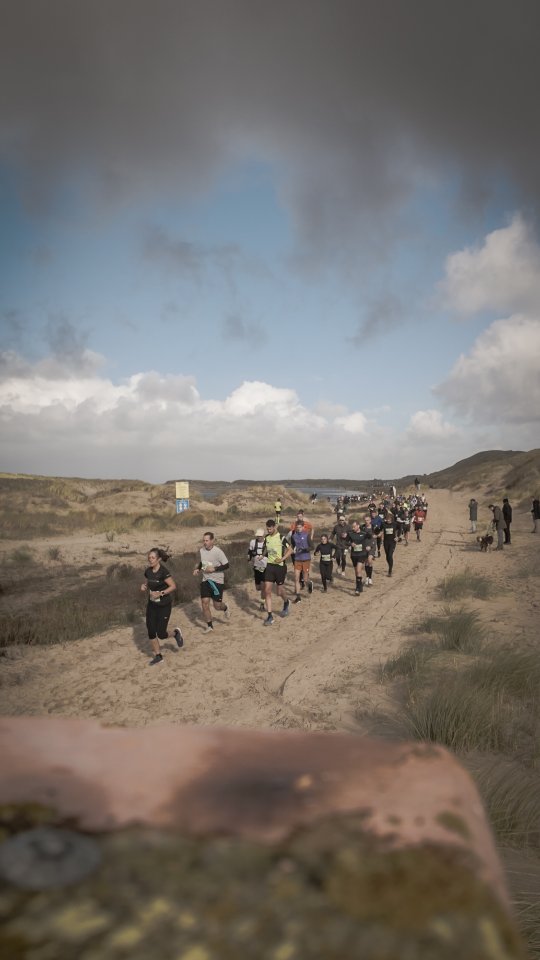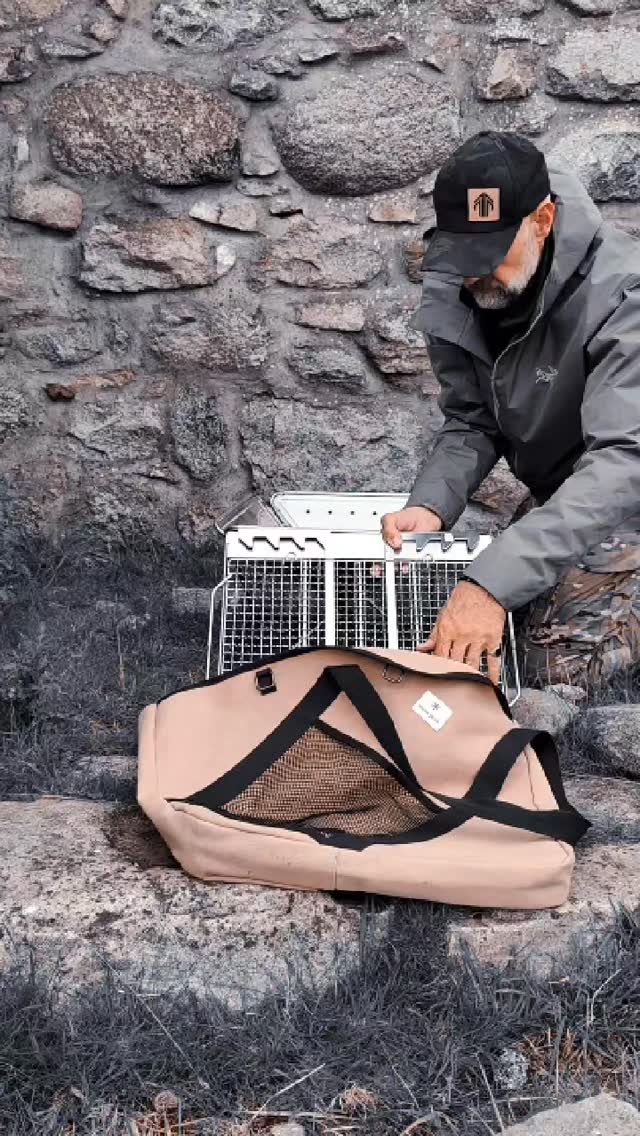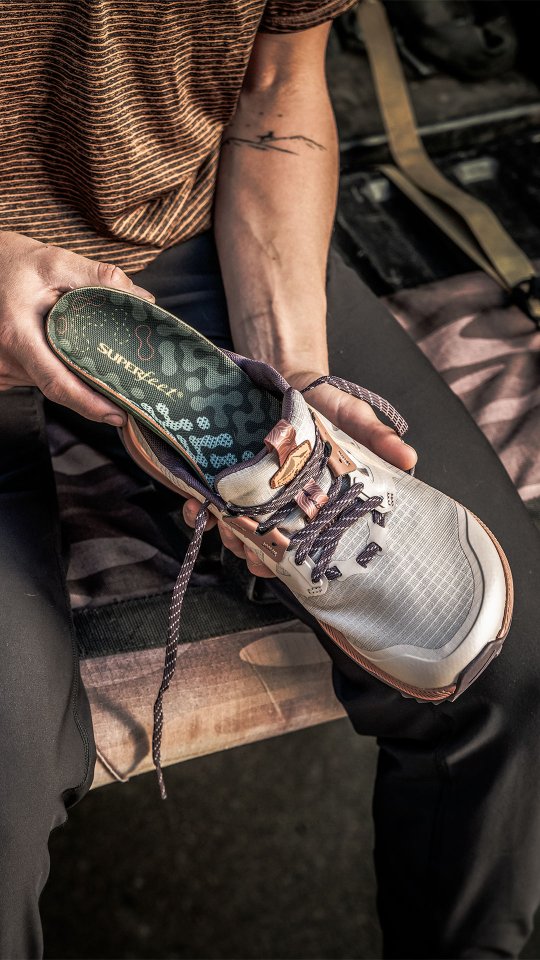Two weeks on the edge of the car seat. Last summer I decided to tackle one of the highest entries on my bucket list; a road trip through Scotland. The fact that Scotland was voted the most beautiful country in the world in 2017 (the number 2: Canada and 3: New Zealand) made that desire even greater. So Scotland it would be this year.
Obviously, the North Coast 500 route was a great option, but I like to plan routes myself. One day I’ll do that North Coast 500, preferably in an English oldtimer. The plan was to travel with my two sons, aa fourteen day trip through Scotland in various ‘stages’ with a number of more extended stops of one or more days; a mix of culture, action, and tranquillity.
If you visit Scotland in the primary season – July/August – it’s almost impossible to escape fellow tourists. Nevertheless, you can avoid crowds! Plan your route yourself and also look for less touristy spots. And if you want to visit a tourist attraction… go as early in the day as possible. And if you want to hike a well-known place, be there as soon as the sun rises. You’ll be practically alone for a few hours and have the best light as well. The same for And visiting, e.g. castles and the like … make sure you are the first.
We traveled from Amsterdam via Folkestone to Scotland in a Mitsubishi Eclipse Cross, our car during this road trip. It would take us through the Highlands, Glasgow, Isle of Skye, the Cairngorms National Park, Knockan Crag National Nature Reserve and Edinburgh and everything in between.
You can read the complete road trip report below.
Glasgow via Cairngorms National Park to Roybridge
We decided on an overnight stay in Darlington for some much-needed rest. After that, we took off in the direction of Glasgow where our Scotland Roadtrip really began. What a wonderful feeling when passing the sign with Falte gu Alba (Welcome to Scotland) on the border on the M6 between Cumbria and Dumfries .. Glasgow, here we come!
Whether you love them, or if you can’t stand the noise, you won’t be able to escape from them in Scotland; bagpipes. Introduced in Scotland in the 14th century, the heyday was the 17th and 18th centuries, where the MacCrimmons of Skye – the regular players of the Macleod clan – wrote a lot of music for the instrument for clan gatherings and battles. A visit to the National Piping Centre in Glasgow is therefore very worthwhile for those who want to get to know not only Scotland but also its inhabitants.
Through the Cairngorms National Park to our next destination, Roybridge. The Cairngorms is a mountain range and National Park. An imposing granite massif where you will find (with the exception of Ben Nevis) Scotland’s highest mountains – 55 Munros and 6 of the highest peaks – between Inverness, Aberdeen, and Perth. Famous for its outdoor possibilities such as skiing, mountain biking, rock climbing, and even husky racing and horseback riding. So if you mainly go to Scotland for nature, then you have to visit the Cairngorms. It’s a Walhalla for photographers; landscapes, waterfalls, ancient trees, mountains, wildflowers, heath, glens, and rivers. You can shoot away to your heart’s desire.
From Glasgow, we went via Perth towards Pitlochry, which lies directly on the edge of the park, just a few kilometers south of the southwestern border. A stop in Pitlochry is an absolute must; though we can keep saying that because in Scotland stopping is a must everywhere … but then again, you won’t get that far on your road trip. So there are choices to make again.
The Killiecrankie walk is one that you should definitely consider. The total trail is thirteen kilometers, but you can also walk a part of it. A beautiful flat hike where you are surrounded by mountains, the trail meanders through a wooded gorge along Soldier’s Leap and a Victorian viaduct.
Leaving Pitlochry behind us, we head for Roybridge. A breathtaking route along Dalwhinnie and Loch Laggan. A short stop at the Pattack Falls on the A86 to stretch your legs during the Pattack Falls Nature Trail (0.8 km). A short (½ hour) strenuous walk, which winds along the River Pattack, with spectacular views over the falls. A sturdy hilly narrow path, with rocks, roots, stones, wooden stairs, and small bridges.
We continue on the A86 towards Roybridge, a small community five miles east of Spean Bridge in the area known as Glen Spean. On this road, you pass the mysterious-looking Laggan Dam on the River Spean southwest of Loch Laggan. On the same River Spean, our Tipi waited in Bunroy Park.
Roybridge – Glencoe – Balmacara
From Roybridge to Glencoe you pass Fort William, but you can ignore that. It’s jam-packed with tourists and there’s not much that is really interesting to experience – unless you want to climb Ben Nevis; which is also a ‘bucket list’ thing. We did make a stop at Glencoe Wood to visit our recently acquired Highland Estate – two whole square feet of it. The Estate has been set up by The Highland Titles Charitable Trust for Scotland, which has recently purchased two nature parks in the Highlands of Scotland and has put a lot of energy into getting the area back to its healthy, natural state.
To achieve this, they sell pieces of land of a square foot at a time. The proud owner of that piece of land receives a Master Title Deed, which confirms the right to wear a title of their choice throughout their lives: Laird, Lord, or Lady of Glencoe. Besides supporting your preservation of Scotland, it is, of course, a nice souvenir.
Glencoe is a valley stretching over 16 kilometers from Loch Leven to Rannoch Moor. The mountain scenery in this area is incredible. So much so that filmmakers have used this area as a location in films such as Harry Potter and James Bond’s Skyfall. Driving to the south of Ballachulish is so beautiful that you could just miss the exit to Glen Etive, which happened to us. This single-lane road with sections where you can pass cars going the other way will take you to Glen Etive.
It’s a 24-kilometer long road with some of the most stunning views you can find, including the majestic Buacchaile Etive Mor mountain ridge that also features in a memorable scene from the Bond movie “Skyfall” with Daniel Craig. At the top of my list was a visit to the iconic James Bond Skyfall film location where Bond & M parked the Aston Martin. The film location Glen Etive Skyfall is incredibly beautiful. It is the same place but now completely green and does not resemble the film that was recorded in autumn/winter. The road ends in a small parking lot at the head of Loch Etive, at a pier which is no longer in use.
Glencoe is the ultimate place for outdoor enthusiasts. Here you can ski and snowboard in the winter. The rest of the year it’s all about mountain biking, kayaking, climbing a Munro or taking lovely walks, like to the Hidden Valley. For whitewater kayakers, the river is considered one of the most challenging kayak routes for whitewater in Scotland, including grade 4 rapids with a series of waterfalls.
Dinner or lunch at the Clachaig Inn – there are not many options in Glen Coe, but this is a beautifully located pub, with good food and if you are lucky with live music. Our road continued towards Balmacara first an exit towards the Glenfinnan Viaduct – the bridge from Harry Potter. As well as a stop at the Glenfinnan Monument, which was erected just outside the village in 1815 to mark the place where Charles Edward Stuart, aka Bonnie Prince Charlie, on the 19th of August 1745 hoisted his royal hoisted with which the 2nd Jacobite revolution was a fact.
Then back again on the A830 towards Balmacara.
Isle of Skye
For the most famous and largest island of Scotland – the Isle of Skye – (forty by eighty kilometers) we have planned just one day even though we could have enjoyed it for a week. From Balmacara where we stayed – about 2 km from Kyle of Lochalsh – it is the Skye Bridge, and you are on Skye. Again a mix of outdoor and culture.
Skye is so rich in nature and has some of Scotland’s most iconic scenic spots, including The Old Man of Storr and the Quiraing. It’s of the most unique landscapes in the United Kingdom part of the Trotternish Ridge of Skye, and was created by ancient volcanoes. It has been used as a film location in the epic extraterrestrial movie Prometheus by Ridley Scott. You can go on an unforgettable and challenging walk in this landscape to the rugged rock formation Old Man Storr.
The Quiraing is also a ‘must see’ on the island, but that does not mean that you have to walk the entire 5-kilometer trail to enjoy it. There is a route you can drive that allows you to enjoy this incredible landscape, with lots of stops along the way to absorb everything. As you head north through the village of Staffin, you follow the road to Uid & The Quiraing which then leads you to some of the most exciting viewpoints on Skye.
Next Dunvegan Castle, one of the most photographed castles in Scotland, home to the chiefs of Clan MacLeod for 800 years. For me as a lover of antiques, castles like these make me feel like a kid in a candy store.
Balmacara – Knockan Crag – Lairg
We drive from Balmacara to Dornie to start the day with a visit to Donan Eilean Castle, the Scottish castle most used in films, such as Highlander, Rob Roy and James Bond’s The World is Not Enough. Eilean Donan Castle is located on its tidal island and marks the point where Loch Duich, Loch Long and Loch Alsh unite. This thirteenth-century castle is only accessible via a stone bridge and was once the beautiful home – overlooking the water and the mountains of Kintail – of the Macleod Clan. Eilean Donan is recognized throughout the world as one of the most iconic images of Scotland. Surrounded by a majestic landscape, it is no wonder that the castle is now one of the most visited and most important attractions in the Scottish Highlands.
It is hard not to be impressed by the rocks and geology in the Knockan Crag National Nature Reserve. The drive takes you along the Moine Thrust, a geological fault zone located in the Scottish Highlands. The zone runs from Loch Eriboll on the Scottish north coast 190 km to the southwest to the southern tip of the Isle of Skye.
We make a short stop in Elphin and then it’s through to the Pondside Campsite in Lairg just six kilometers north of the center of Lairg, in the direction of Kinlochbervie. An ideal location for exploring central Sutherland and the north, east and west coasts. A perfect area for walking, fishing or just relaxing.
Lairg – Inverness – Rogart
In Scotland, they also know what ‘bespoke’ means. We visited the Sutherland Sporting Tweed Company. From Lairg, more than 100 estates and hundreds of private customers worldwide are served with tailor-made Scottish Tweed. I spoke with Kylle Offor about the family business that has existed since 1995. Just a visit to the store is more than worth it.
For those who can not get enough of history and old establishments, check out Dunrobin Castle. This is home to the counts and dukes of Sutherland and the leader of Clan Sutherland (Sans Peur). Really nice furniture and a library with more than 10,000 books.
For a nice walk, the area around the ruins of Ardvreck Castle – dating back to the 16th century – is ideal. Ardvreck Castle and the ruin of Calda House are on the banks of Loch Assynt. Since the fire that destroyed the castle of Ardvreck in 1737 under mysterious circumstances, the knotty remains have become a striking feature of the spectacular mountain environment. Historians believe that Ardvreck was once a formidable structure, with a beautiful walled garden and a beautiful courtyard. But now, when the water from Loch Assynt rises, Ardvreck can often be cut off from the mainland, leaving little more than an enchanting, knotted stone mass that rises up out of the ground.
Highland Croft was our destination in Tannachy (Rogart). A caravan on a croft (traditional small farm) in the Scottish Highlands with a beautiful view. We enjoyed the bleating of the sheep, playing with the dogs and collecting our eggs for breakfast. It’s also an excellent location for walking or mountain biking in the hills, to take a look at stone circles and cairns or to take a drive to the beach
In Tannachy we have really been able to use the Mitsubishi Eclipse for which it is (also) made, roughing it on off-road trails and gravel.
Rogart – Inverness – Cairnie
Heading for Cairnie via Inverness and Auldearn from Rogart. Along the coast of the Dornoch Firth, you pass the Glenmorangie Distillery. A unique distillery with impressive ‘stills’ (boilers) of about five meters high. Through to Inverness for a visit to the Scottish Kiltmaker Center for an explanation and audiovisual presentation about the history, culture and tradition of the kilt.
Then Speyside – whisky heaven – can’t miss it, in the direction of Cairnie. What champagne is for the French, whisky is for the Scots. I occasionally enjoy a good glass of my whisky favorites: The Macallan, Highland Park and Glenmorangie. The Orkney’s, unfortunately, did not fit into the schedule, so a visit to Highland Park was not possible.
Speyside Cooperage is by far the largest and perhaps the most famous whisky region of Scotland. This breathtaking area is located in a fertile valley of rivers and remote dales and is home to more than half of Scottish distilleries and the still fully operational cooperage.
When passing The Macallan Distillery, I had to stop. The Macallan has – after six years of renovation – now a state of the art distillery that cannot be matched worldwide. The design alone is sublime. For example, the distillery is made up of five hills, covered with grass and therefore almost hidden from view so as to become one with nature. Here the latest insights in the field of sustainability and efficiency have been implemented. Also worth a visit for non-whisky drinkers.
What is Scotland without haggis? In supermarkets, we ran into haggis on the shelves. This Scottish dish looks like a rubber sausage with raw meat, not really attractive. Yet it was on the “must-eat” list. From Kirkton House in Cairnie, it was a short fifteen-minute drive to Huntly. The perfect opportunity to eat haggis in style at the Castle Hotel that overlooks Huntly Castle, a symbol of Scotland’s rich past, once a fortress of the famous Gordon clan. And to be honest, I liked the haggis. The nearby city of Huntly still holds on firmly to its glorious history with pipe bands marching through the town during the summer.
Cairnie – Braemar – Kinross
Once again we travel through the Cairngorms National Park from Cairnie to Kinross. Again a memorable route, I often thought I was in Canada. A landscape with imposing mountains, beautiful valleys and rivers. On this route, you can find Balmoral Castle, near Aberdeen, located on the river Dee. This castle is best known as the summer residence of the British royal family.
We make a somewhat longer stop in Braemar, in the middle of the Royal Deeside, the area where the British Royal Family has been spending the summer since King Victoria. In the winter you can go skiing at the Glenshee Ski Center, about half an hour from Braemar. If you need outdoor gear, then a visit to the Braemar Mountain Sports is recommended. A chain of three stores, in Braemar, Ballater and Aviemore, on both sides of the Cairngorm National Park. A very friendly staff who know their outdoor stuff.
We take a small detour via Dunfermline to Kinross. On Moodie Street, Dunfermline, the Andrew Carnegie Birthplace Museum is worth a visit. The house where Andrew Carnegie (1835-1919) was born is a traditional weaver’s house. Carnegie was an American steel magnate and philanthropist, but of Scottish descent. Outside America he is probably best known for his contribution to the Carnegie Hall in New York and the building of the Hague Peace Palace.
Kinross – Edinburgh
The last stop in Scotland was Edinburgh. If you want to be able to park in the city center, you have to get there bright and early, was the advice of our landlady in Kinross. We had a good breakfast is at ‘The Inn On The Mile’ on the corner of High Street – on the Royal Mile Royal Mile – and Niddry Street.
Although very touristy, I can recommend the walk to Arthur’s Seat in Edinburgh. Arthur’s Seat is an erratic, grassy hill that rises from urban sprawl, a reminder of the now extinct volcano, of which the last eruption was 350 million years ago. Nobody knows why it is called Arthur’s Seat, but I think it is a connection between Edinburgh and King Arthur. Arthur’s Seat is 251 meters above sea level and offers excellent views of the city. There are several ways to climb to the top; I recommend taking the red path that starts at the parking lot of Holyrood Palace.
I notice that it does take some getting used to a larger city after the predominantly quiet highlands. But it is an excellent conclusion to an impressive road trip. Two weeks in we saw so many beautiful things, did so much cool stuff, relaxed and above all we enjoyed every minute of it.
[td_smart_list_end]
4500 kilometres
We drove a total of 4500 kilometres, but they flew by all but unnoticed. It is, of course, impossible to see all of Scotland in two weeks, but it is a good starting point to next time discover even more of this beautiful country.
Suggestions
In Scotland, the petrol stations are a bit sparser than in England. Try to refuel as little as possible along the highways! It’s just much more expensive there. An app that I have used is petrolprices.com. This shows you the petrol stations with the lowest prices near you or in a specific place. Although I did notice it was not complete. Tesco is a good option for low prices and was not shown in the app. Nevertheless, we can recommend the app.
A great way to enable those that have stayed home to follow you on your trip is the Relive App, made for cyclists and runners. But it also works exceptionally well for what it wasn’t made for, such as a road trip. I can see the app being used more often within my network 😉
last word of gratitude to VisitScotland and Mitsubishi for their support. And I have to say, can’t wait to come back as soon as possible!



